Research on the Influence of Annealing Temperature on MXene Shielding Performance
QQ Academic Group: 1092348845
Detailed
Ti 3 C 2 T x MXenes has a broad application prospect in the field of electromagnetic shielding due to its unique layered structure and excellent conductivity. However, the relationship between their thermal stability and electromagnetic shielding performance is still poorly understood. Further, since the moment the complexity of the etch environment, of Ti . 3 C 2 T X number of groups present on the surface, it has a great influence on its electromagnetic properties and thermal properties.
Achievements
Recently, Northwestern Polytechnical University in Biao Ji professors and Juanli Deng professor in the internationally renowned journal Carbon published entitled " Electromagnetic Elements Shielding behavior of Heat-Treated Ti 3 C 2 T the X- MXene Accompanied by Structural and Phase Changes " paper. Using a heat treatment process, the effect of heat treatment on the removal of these surface groups was evaluated. In addition, the evolution of Ti 3 C 2 T x structure, phase and electromagnetic shielding performance with heat treatment temperature changes was also studied in detail . After heat treatment at 1100 ° C, Ti 3 C 2 T x changes, Ti 3 C 2 T xThe derivative Multilayer-TiC still shows good shielding performance, which can be attributed to the elimination of surface groups, the retention of layered structure and the increase of amorphous C. The total absorption shielding effectiveness and absorption shielding effectiveness reached 76.1 dB and 61.3 dB, respectively, and the conductivity was 265 S / m. This research has important value for the application of Ti 3 C 2 T x in the field of high-temperature electromagnetic shielding.
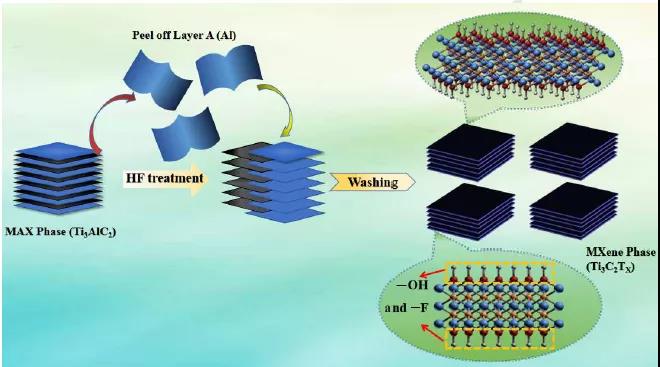
Figure 1 Schematic diagram of preparation of Ti 3 C 2 T x .

Figure 2 Ti 3 C 2 T x morphology and structure.
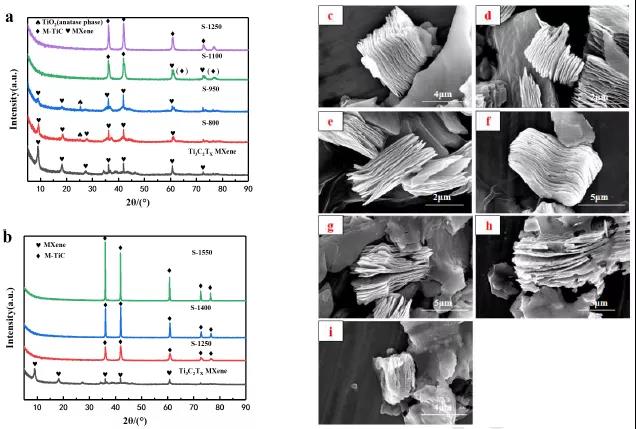
Figure 3 The morphology and structure of heat-treated Ti 3 C 2 T x .

Figure 4 Heat treatment of Ti 3 C 2 T x crystal form.
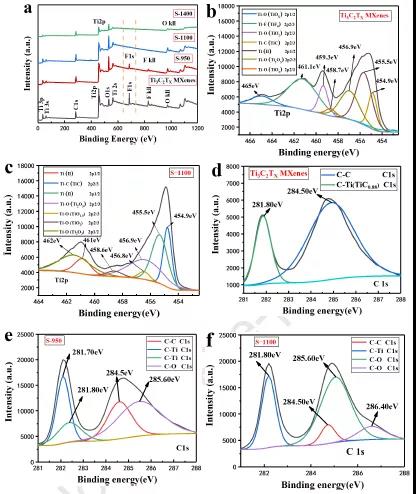
Figure 5 Chemical structure of heat-treated Ti 3 C 2 T x .
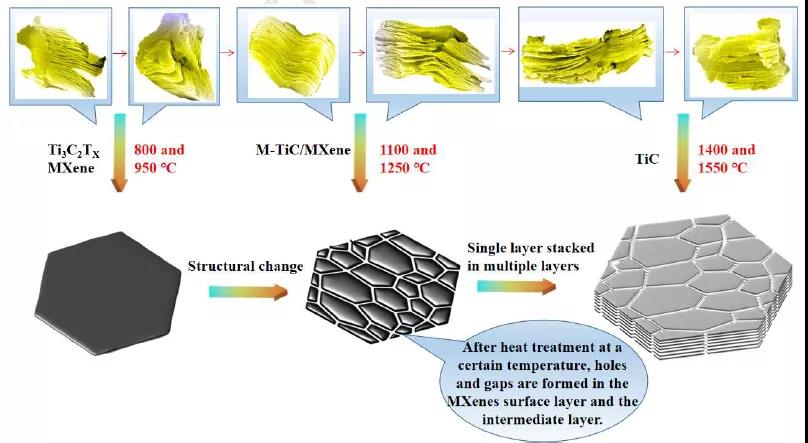
Fig. 6 Structure evolution of Ti 3 C 2 T x during heat treatment .

Figure 7 Dielectric properties of heat-treated Ti 3 C 2 T x .
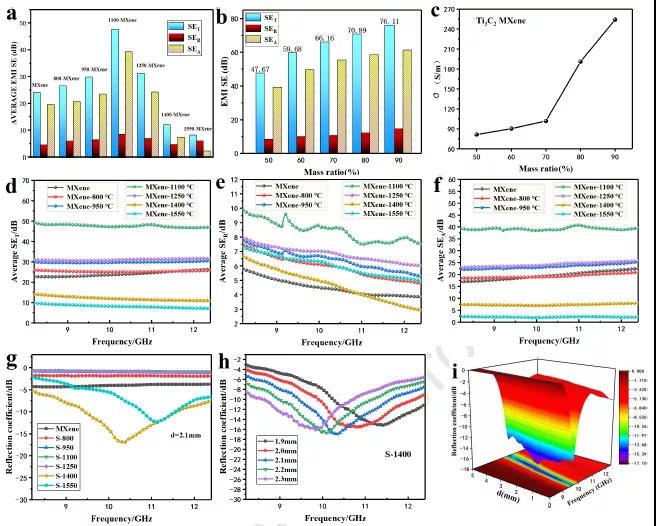
Figure 8 Shielding performance of heat-treated Ti 3 C 2 T x .
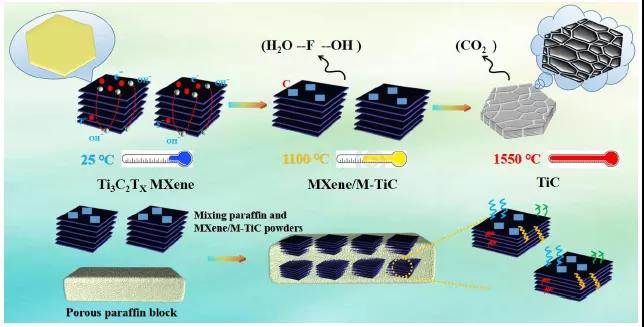
Figure 9 Shielding mechanism .

Figure 10 Comparison of the shielding properties of heat-treated Ti 3 C 2 T x and other materials.
in conclusion
In summary, using some test methods, the evolution of the structure, phase and electromagnetic shielding performance of Ti 3 C 2 T x with heat treatment temperature was studied, and the relationship between temperature and electromagnetic shielding performance was analyzed. When t <950 ℃, -O , -OH and some F groups on the surface can be eliminated , thereby improving the electrical conductivity and electromagnetic shielding performance of Ti 3 C 2 T x MXenes to a certain extent . When 950 ℃ ≤ t ≤ 1100 ℃, the disproportionation of Ti 3 C 2 T x increases with the formation of M-TiC . The total shielding effectiveness and absorption shielding effectiveness of 90 wt% M-TiC / paraffin composite materials reached 76.1 dB and 61.3 dB, respectively . > 1100At ℃, the multilayer structure begins to be destroyed, and the electrical conductivity and electromagnetic shielding performance decrease sharply. This work has important value for improving the shielding performance of MXene and widening its application.
Original link:
https://www.sciencedirect.com/science/article/pii/S000862232030364X
Source:
- Previous: Nature Materials: Lewi
- Next: MXene breakthrough: Na


 mxene academic
mxene academic
